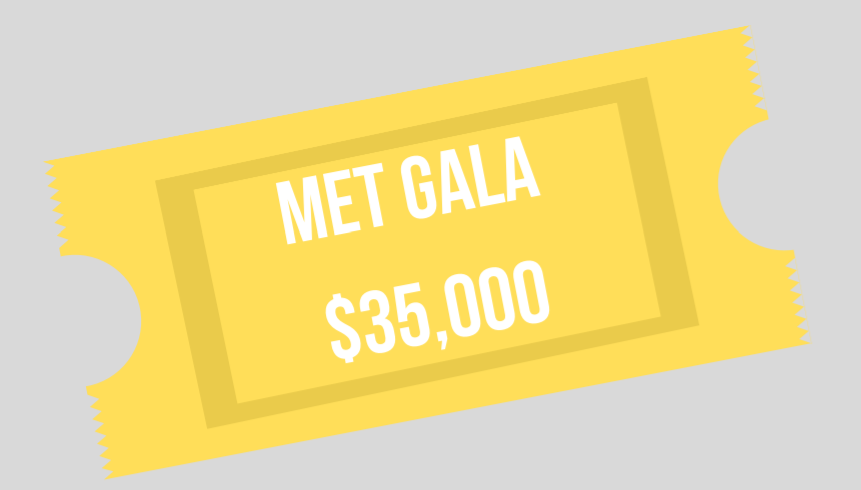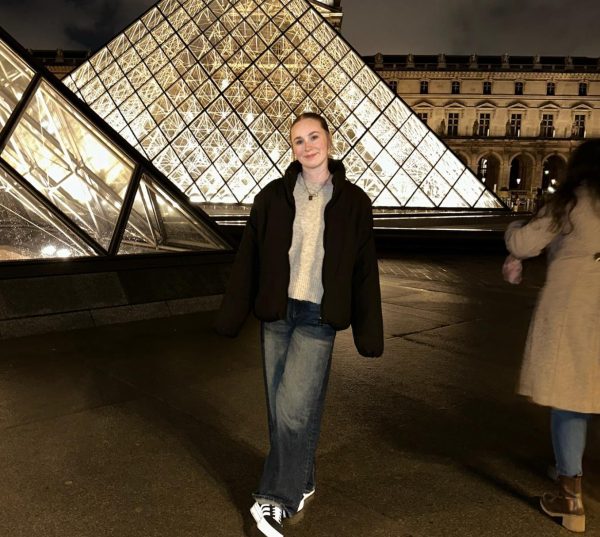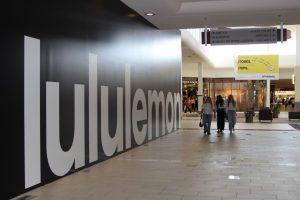The 2021 Met Gala and the diversification of the fashion industry
Attendees of the Met Gala are usually sponsored by a brand, as a single ticket costs around $35,000.
September 21, 2021
Each year, The Met Gala marks the opening of the Metropolitan Museum Costume Institute’s latest exhibit. The Costume Institute unveiled “In America: A Lexicon of Fashion” on Sept. 13, the release having been delayed due to the ongoing COVID-19 pandemic. Attendants of the gala were dressed in everything from sweatpants to full suits of armour, making for a less unified look than is traditionally expected for the Met Gala.
While many labeled the night as a failure due to the lack of a cohesive theme, that lack of cohesiveness itself is what is so important about the event. The Costume Institute’s “In America: A Lexicon of Fashion” is based entirely off of a quilt that was begun in 1856 and is, in this context, meant to represent the vast diversities of American culture and how that translates to fashion.
The diversity of not only the individual pieces worn and displayed at the Met Gala this year, but the diversity of those wearing them is a big step for the fashion industry. Guests took creative liberty to interpret what America and American fashion means to them, which is why the event itself was categorized as messy and unorganized; when in reality, this diversity has revealed the ways in which the fashion industry itself is changing drastically.
The fashion industry is historically and notoriously elitist. Without insane wealth, it is impossible to afford an extensive wardrobe, much less one consisting of designer pieces. The highest-paid models, such as Kendall Jenner and Kaia Gerber, consistently come from rich, famous families. The same fashion houses have dominated the industry for hundreds of years, making it almost impossible for young designers to make a living with their creations. Racial diversity is another area in which the fashion industry falls behind. Elon University Research Journal reported 63% of all runway models as white in 2017. Fashion, at a designer and couture level, has always been restricted to the rich, white population. But that is changing, as is evident at the 2021 Met Gala and New York Fashion Week (NYFW).
NYFW 2021 was the most diverse fashion week in history, with over 50% of models at all runway shows representing racial minorities, according to the New York Times. This, in combination with the inclusion of diverse body types and even many disabled models this year shows a clear jump forward for the fashion industry as a whole. The Met Gala was not excluded from this recent emphasis on inclusivity, with 60% of the Costume Institute’s exhibit made up of small, independent designers.
In addition to the improvement seen at events such as the Met Gala and NYFW, there is a lot of work towards diversity going on behind the scenes as well. Many fashion houses and designers have pledged to make fashion more inclusive, with numerous brands pledging to the ‘15 percent pledge,’ which means they will work toward 15% of their stock coming from black-owned brands. Many groups have also joined the Black in Fashion Council and Kelly Initiative which focus on third-party audits to ensure accountability.
The Met Gala 2021 was a mess. The guests did not appear to be following a cohesive theme and the collection of co-hosts was the youngest in history. But that is exactly what made it the most inclusive Met Gala in history. The Met Gala, in combination with the ever-increasing diversity of models and designers represented at large events and in couture, perfectly demonstrates the extraordinary growth of the fashion industry in recent years.










